There is an increasing number of young-earth creationists who have a bachelor, master, or even PhD level degree in a field of science relevant to the origins debate. Unless you already knew they were creationists, you might not even realize it. Like any other scientist, they collect scientific data. They weave this data together to create hypotheses, possible explanations for why the data is the way that it is. They also conduct carefully-crafted experiments and analyses to try and disprove their hypotheses. Hypotheses that fail to be disproven are in turn woven together into scientific models. These models are designed to explain various phenomena of the universe. This is little different from the process and behaviors of their old-earth colleagues.
But there is one way in which young-earth scientists stand out from their colleagues. They start with the Word of God.
The views expressed in this article reflect those of the author, and not necessarily those of New Creation.
Power of the Paradigm
Young-earth scientists often face criticism for starting with Scripture as their foundation for research. This is based on the mistaken belief that “real scientists” derive knowledge solely from raw data, free from bias. In reality, scientific knowledge does not emerge in a vacuum.
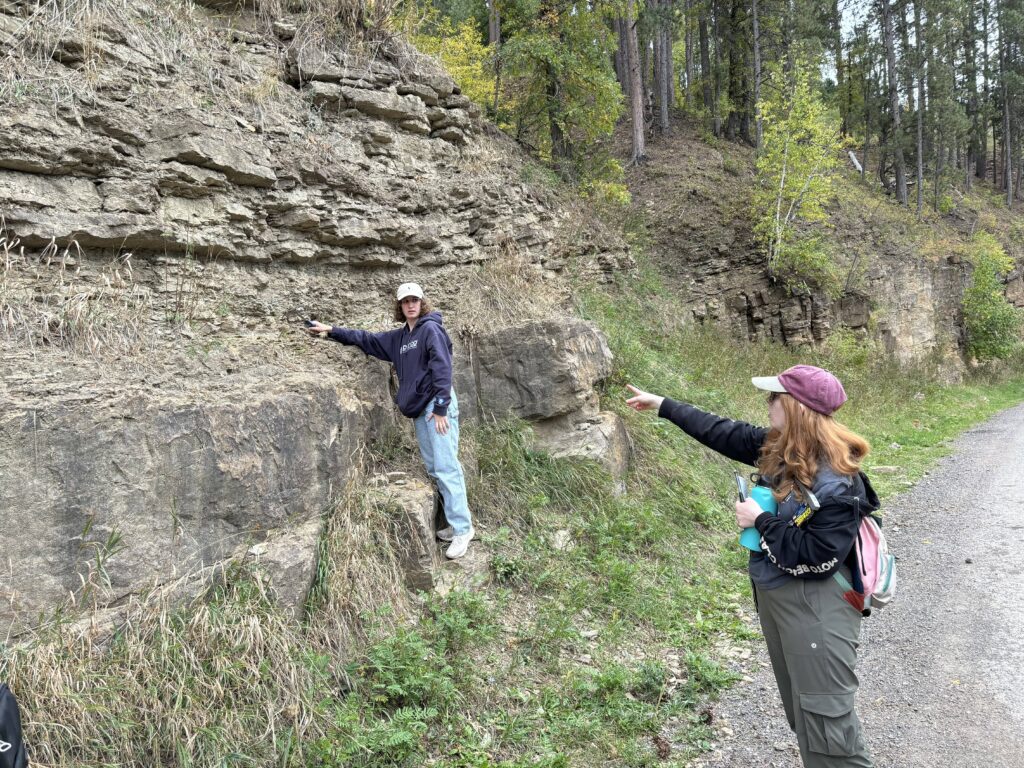
All of us, including scientists, build on the expertise and knowledge of those before us. This pre-existing knowledge shapes how we interpret new or existing data; it creates a paradigm. Paradigms themselves are neither inherently good nor bad. They are frameworks that influence what evidence scientists notice and how they interpret it. Just as with anyone else, scientists are influenced by their paradigms, whether they follow a young-earth or old-earth perspective.
In the debate over origins, there are two main paradigms: the historical Genesis paradigm and the conventional paradigm. The conventional paradigm views evidence through the lens of natural processes occurring over vast periods known as deep time. In contrast, the Genesis paradigm interprets evidence based on the timeline and events described in Genesis. Each paradigm affects the type of evidence we expect to find and how it is interpreted.
The real issue isn’t about which scientists are biased but rather which paradigm best explains the data. There are many good reasons to start with Scripture as a foundation for scientific research.
Absolute vs. Possible Truths

It is easy to demonstrate whether something is likely true if it happened yesterday, or even last year. This is especially true if the event left behind physical evidence. But things become increasingly difficult the farther back in time you go. Something that happened 2,000 or 3,000 years ago is doable, but much more difficult. Not as much evidence has survived to the present day. Something that happened before the dawn of recorded history is even more difficult. Our understanding of such an event must usually be based on circumstantial evidence alone. This is because no eyewitness reports are available to us today.
Because of these limitations, we cannot use science to test hypotheses in every available scenario, time or place in history. This means it is unable to give us absolute truths, only tentative truths.
However, as Christians, we God has given us an (albeit summarized) record of history. It starts at the very beginning and ends two thousand years ago, well within the realms of regular recorded history. This is God’s Word, the Bible. We believe that God is all-knowing, always tells the truth, and has existed since the beginning of time. If this is the case, then we can know with certainty the basic outline of early earth history from an eyewitness. This is our source of absolute truth.
It’s Time to Science

The Bible records many of the occasions when God intervened in history. Be it the resurrection of a man from the dead, the plagues on Egypt, the Noahic Flood, or the creation of the earth itself, each event happened in our space/time context and involved interaction with the real, physical world. This should have implications for what evidence these events could have left behind.
Science itself cannot directly tell us what or who is responsible for these events. But we can use the Bible to generate testable ideas about what evidence these events may have left behind. We can then compare the results of these studies to those of our mainstream colleagues and see which one best explains the data.
For example, claims such as “God did/did not cause a worldwide Flood” or “God did/did not create all kinds of life” are not testable by scientific methodology. These claims are too broad and vague to be useful. What is needed are hypotheses that are narrow in scope, allowing us to concoct an experiment or set of observations that can potentially falsify them. To do this, we can ask questions about paradigm-neutral observations we make in the earth’s rocks or living organisms.
For example, if God did create life according to various kinds, we can expect to be able to distinguish one distinct “kind” of organism from others. If God created the earth just thousands of years ago, then we can expect to find evidence that most of its rocks formed after this time resulted from large-scale and rapid geologic processes.
Does This Approach Actually Work?
Young-earth scientists have been using Scripture to generate testable hypotheses and apply them to the scientific method for over half a century now. As with any scientific field, not all attempts are successful and there have been missteps (e.g. Vapor Canopy Model). Nevertheless, a biblical approach to science has blossomed into many subfields of research, including creation biology, young-earth geology, and creation astronomy.
Creation Biology

Creation biology has given rise to five main categories of research: 1) baraminology, the identification of created kinds; 2) speciation, understanding how organisms have developed since Creation and the Flood; 3) biogeography, the growth and dispersal of populations after the Flood; 4) the origin of pathology and natural evil; and 5) the explanation of broad patterns of biological similarity rooted in God’s archetypal design plan.
A model of creation biology proposes that there exists distinct created kinds of living things, each distinct and separate from one another. Creation biologists view species as having rapidly diversified from these original kinds after Creation and after the Flood. Design plays a pivotal role in this model; it argues designed mutations are more influential in the arrival of new species rather than random mutations and natural selection. Natural evil is understood to be a designed consequence of the Fall, a part of God’s curse on Creation. Disagreements within creation biology, such as how much or how little diversity each created kind contains and how to classify certain animals, fuel ongoing research within these various subfields.
Young-Earth Geology
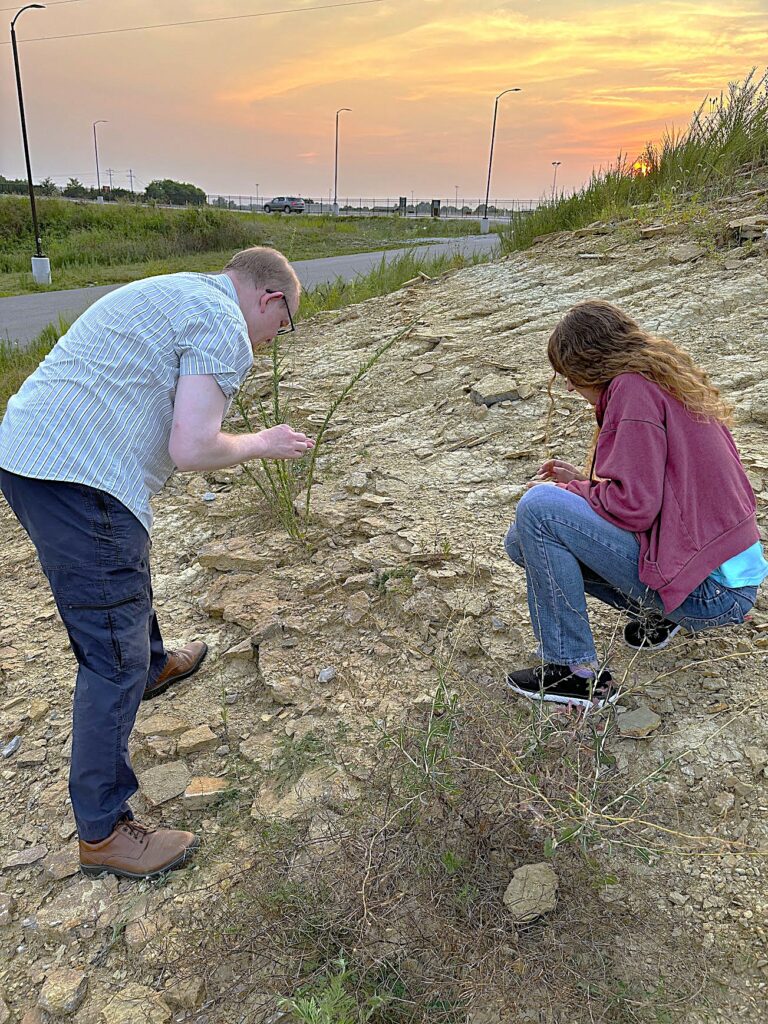
Similarly, we argue that young-earth geology has also given rise to core subdisciplines. These include 1) earth history, the correlation of the geological record with the biblical record; 2) catastrophism, the interpretation of geological features as a result of large-scale catastrophes; 3) paleoecology, the reconstruction of pre- and post-Flood environments/ecosystems; 4) field studies and fossil excavations; and 5) plate tectonics, models of rapid movement of tectonic plates.
A central tenet of young-earth geology is that God caused a catastrophic, worldwide Flood. This Flood destroyed all air-breathing, land-living animals except Noah, his family, and the animals aboard the Ark. Most young-earth geologists think the vast majority of the fossil-bearing rock layers formed during this Flood. However, there is likely to have been residual catastrophic processes in the years, decades, and centuries following its aftermath. Among young-earth geologists, the most widely accepted explanation for the arrangement of continents and seafloor and the initiation of the Flood is the catastrophic plate tectonics model. Important aspects of young-earth geology continue to be hotly debated, such as the location of the pre-Flood/Flood and Flood/post-Flood boundaries in the geologic column.
Creation Astronomy
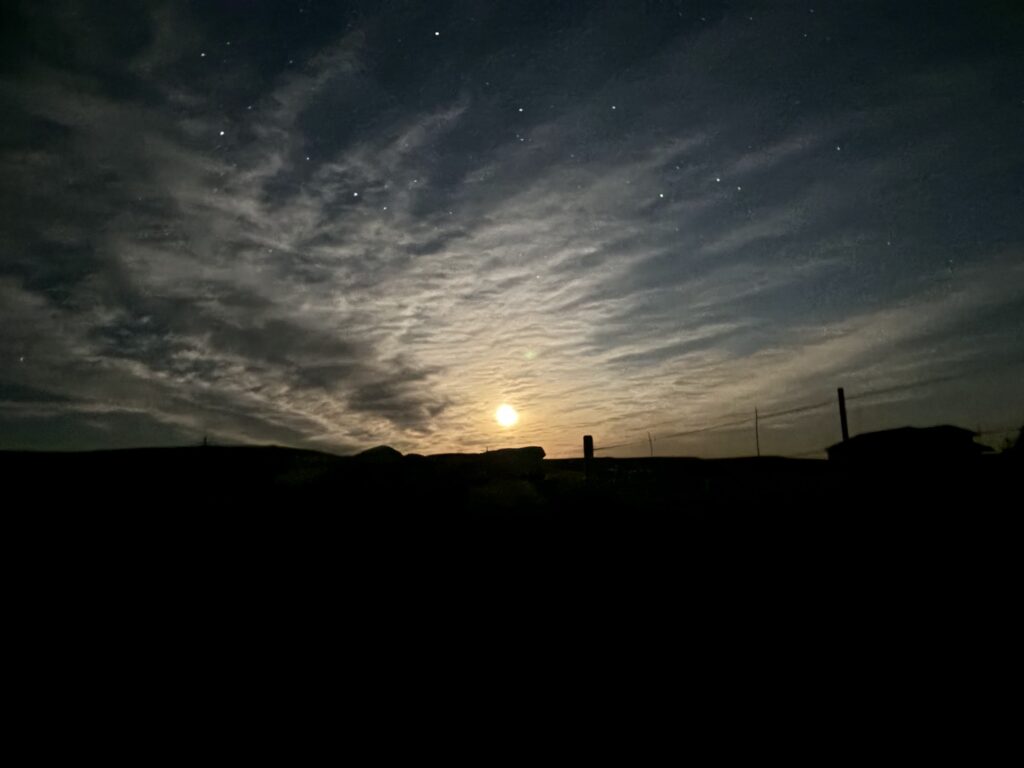
For its duration, three broad themes have dominated the field of creation astronomy: 1) criticisms of deep time universe ideas, especially the Big Bang model; 2) arguments for design; and 3) evidence that suggests young age and recent creation.1
The past half century or so of creation astronomy has seen a rapid increase in the number of research publications. While the critiquing of deep time universe models still occurs, we can appreciate the lessened emphasis on it over the years. Researchers have replaced this more and more by developing models consistent with the Creation account in Genesis to better explain the data. That said, there remain several contentious issues within creation astronomy, including the existence of dark matter and dark energy, and the timing of meteoric impacts and the stretching out of the heavens. More work is also needed on understanding the lifecycle of stars from a creation perspective.
Creation Science Benefits Everyone
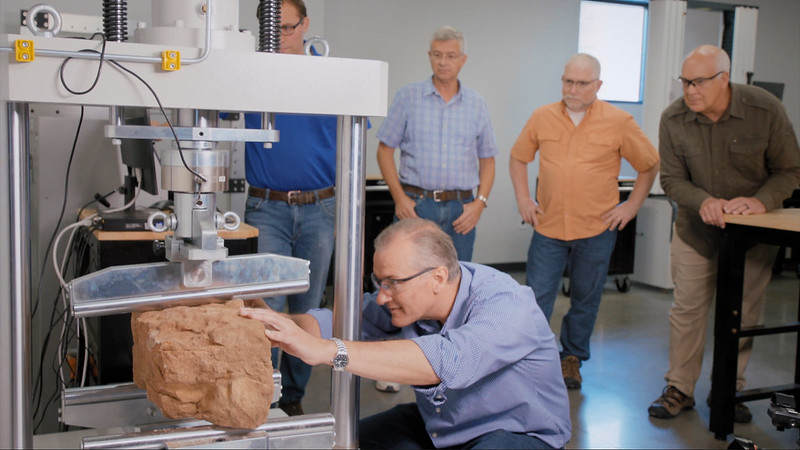
Perhaps one of the greatest achievements of creation science is its ability to contribute to the broader scientific community. Even if a skeptic thinks young-earth creationism is absolute nonsense, the fact they cannot deny is that it has resulted in fruitful scientific research. Much of this research is being presented in mainstream scientific journals and at mainstream scientific conferences. It contributes to our overall conglomeration of scientific data.
Creation Research in Action
The current field work on the thousands of dinosaurs buried in the Hanson Ranch Bonebed and the fossil whales in the Pisco Formation continues to open our eyes to the processes involved in the rapid burial of large numbers of sizable animals.2,3 Research used to help our understanding of plate tectonics during the Flood resulted in the development of an entirely new computer program called TERRA.4 Even non-young-earth scientists now widely use TERRA to better model plate tectonics. Ongoing study into the Coconino Sandstone helps identify anomalies within the mainstream understanding that it formed in a dry, sandy desert. Rather, the accumulating evidence strongly suggests that underwater sand waves formed the Coconino.5
The Interface Between Mainstream and Creation Science
Even baraminology, once limited to the pages of creationist books and journals, has reached the notice of mainstream journals. Though these journals largely view it in a negative light, this is still clear evidence that baraminology can be tested against standard scientific methodology.6 Creationists have started other fields of research that, later, mainstream scientists arrived at independently, like population growth rates and rapid microevolution. One study on mammoth population growth was inspired by the need to grow large, post-Flood populations of the created kind to which elephants belong.7,8 Neither of the scientists in this study adopt a young-earth creationist position. Nevertheless, it served as a launchpad for their research.
Other times, creationists have picked up fringe scientific ideas that were initially abandoned by mainstream scientists, only to be given a second chance many years later. This is the case with evidence of the catastrophic carving of the Grand Canyon and the use of oceanic rafting dispersal to explain the distribution of plants and animals around the world.9,10
Conclusion
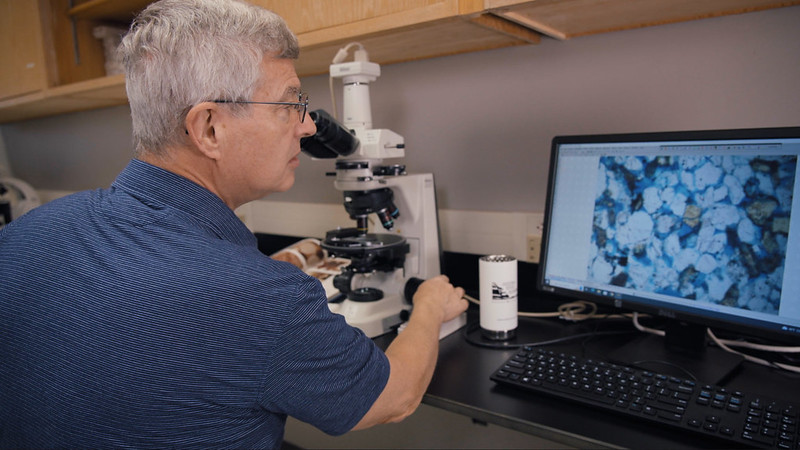
Today, the sciences are dominated by ideas that conflict with the history recorded in the Book of Genesis. Chief among these include adherance to an earth that is billions of years old. Coming at close second is acceptance of the arisal of life from a common ancestor.
However, the research projects discussed in this article reveal an important lesson. Accepting an old-earth or universal common ancestry are not necessary for productive scientific work to be done. In fact, starting with a biblical foundation can allow scientists to examine data in new and interesting ways. We approach scientific data with a different paradigm from our old-earth colleagues. This allows us to ask questions of the data that are simply not concievable from an old-earth/common ancestry paradigm.
The 21st century is an exciting time to be involved in creation science. There are a growing number of researchers tackling big questions that arise from a creationist worldview. Sophisticated, Genesis-friendly models are being developed to explain scientific data in the world around us. And the work of creation scientists has even expanded into the realm of mainstream technical journals and conferences.
All of this is possible because we start with the Book of Genesis as a source of historical truth. Because God knows everything and has existed since time-eternal, we can trust what His Word says about the ancient past. This provides us with a strong and sturdy foundation. One we can use to explore the incredible world He created for us to experience.
Footnotes
- Faulkner, D.R. (2018). “The current state of Creation Astronomy II.” In Proceedings of the Eighth International Conference on Creationism, ed. J.H. Whitmore, pp. 36–45. Pittsburgh, Pennsylvania: Creation Science Fellowship. ↩︎
- Snyder, K., McLain, M., Wood, J., & Chadwick, A. (2020). “Over 13,000 elements from a single bonebed help elucidate disarticulation and transport of an Edmontosaurus thanatocoenosis.” Plos one, 15(5), e0233182. ↩︎
- Brand, L. R., Esperante, R., Chadwick, A. V., Porras, O. P., & Alomía, M. (2004). “Fossil whale preservation implies high diatom accumulation rate in the Miocene–Pliocene Pisco Formation of Peru.” Geology, 32(2), 165-168. ↩︎
- Baumgardner, J. R. (1985). “Three-dimensional treatment of convective flow in the Earth’s mantle.” Journal of Statistical Physics, 39, 501-511. ↩︎
- See the following webpage for a list of publications by young-earth scientists regarding the Coconino Sandstone: https://www.biblicalcreationtrust.org/research-projects-coconino.html ↩︎
- Wood, T.C. (2011). “Using creation science to demonstrate evolution? Senter’s strategy revisited.” Journal of Evolutionary Biology, 24, 914-918. ↩︎
- Beatman, T. R., & Duff, R. J. (2019). “Pleistocene preserve: a population growth problem of mammoth proportions.” Evolution: Education and Outreach, 12, 1-7. ↩︎
- Duff, J. [Dr. Joel Duff]. (2022, December 21). A population grown problem of mammoth proportions [Video]. YouTube. ↩︎
- Austin, S. , Holroyd, E. W. , & McQueen, D. R. (2020). “Remembering Spillover Erosion of Grand Canyon.” Answers Research Journal, 13, 153–188. ↩︎
- Wise, Kurt P. and Croxton, Matthew. (2003). “Rafting: A Post-Flood Biogeographic Dispersal Mechanism,” Proceedings of the International Conference on Creationism: Vol. 5, Article 37. ↩︎






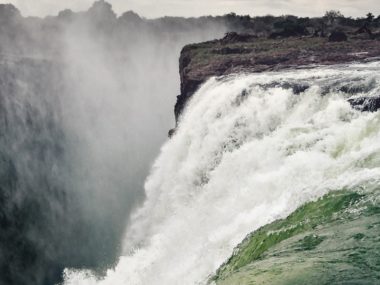





Yes. This because the science is just a tool to figure out the truth. God is a fellow researcher who created and recorded partly . So he is a witness. If people deny this well then they are accusing of lying the scriptures. the burden of proof is on them to prove its false.
“the burden of proof is on them to prove its false”
This is literally the exact opposite of how science works. The burden of proof is on those who are asserting something is true.
Therefore, the burden of proof is on those who are claiming the Bible is truth.
Is there a reason you’re commenting here?
I would love to be able to sit down with you one time for a beer or something, one geologist to another, and have a long chat about many things like you discuss here, as well as geology in general.